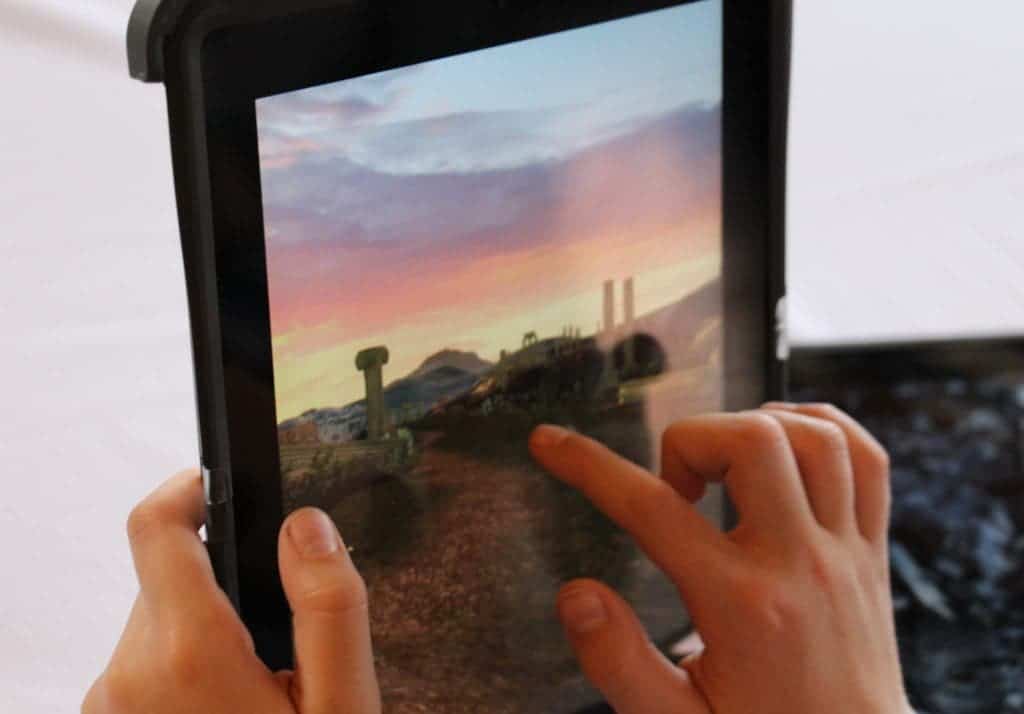Researchers at the Center for Healthy Minds at the University of Wisconsin–Madison and the University of California, Irvine, have designed a video game that aims to improve mindfulness in middle schoolers.

An estimated 97% of adolescents play video games in their spare time, the team explains, which creates enormous potential to use them as an educational tool. their new game showed promise in this regard, as the team reports that young people who played a mindfulness game showed changes in areas of their brains that underlie attention.
Mindful gaming
Most educational video games are focused on presenting declarative information: various facts about a particular subject, like biology or chemistry,” says Elena Patsenko, a research scientist at the Center for Healthy Minds and lead author on the paper.
“Our aim is different. We want to actually change the cognitive or emotional processes — how people think or process information they’re trying to learn.”
The game was christened “Tenacity”, and asks players to count their breaths by tapping a touchscreen in order to advance through a series of landscapes ranging from ancient Greek ruins and outer space. Players tap once per breath for the first four breaths, then tap twice for the fifth. More points are doled out to players who can accurately continue the five-breath sequences.
This helps them train in mindfulness, the team explains. Mindfulness is a state of awareness of the present moment, and focusing on one’s breath is a long-standing mindfulness technique.
The game was tested on 95 middle school-aged youth, who were assigned to play either tenacity of “Fruit Ninja”, an attention-demanding game that does not teach breath counting or aspects of mindfulness. Each participant played their assigned game for 30 minutes per day for two weeks. The researchers took brain scans for each child before and after the study period.
Children in the Tenacity group, they report, showed changes in the connectivity between two brain areas critical for attention. These changes were associated with improvements on an attention task in the lab and were found only in the group playing Tenacity.
“Training attention has been criticized in the scientific community because we often use a particular task to train attention and see improvement in that task alone, which doesn’t translate into other tasks or day-to-day activities,” says Patsenko.
“Here, we trained young people with Tenacity (a breath-counting game) and tested them with another unrelated attention task in the lab. We found that brain changes following two weeks of gameplay were associated with improvement in the performance on that unrelated attentional task.”
Video games can be an effective avenue to engage younger people in mindfulness training, the team adds, as the majority of mindfulness tools and apps today are geared toward adult populations. Mindfulness training aids individuals to better control their attention and minimize distraction, helping to improve emotional health and is foundational to learning.
The game is not supported for public use at this time.
The paper “Mindfulness video game improves connectivity of the fronto-parietal attentional network in adolescents: A multi-modal imaging study” has been published in the journal Nature.









